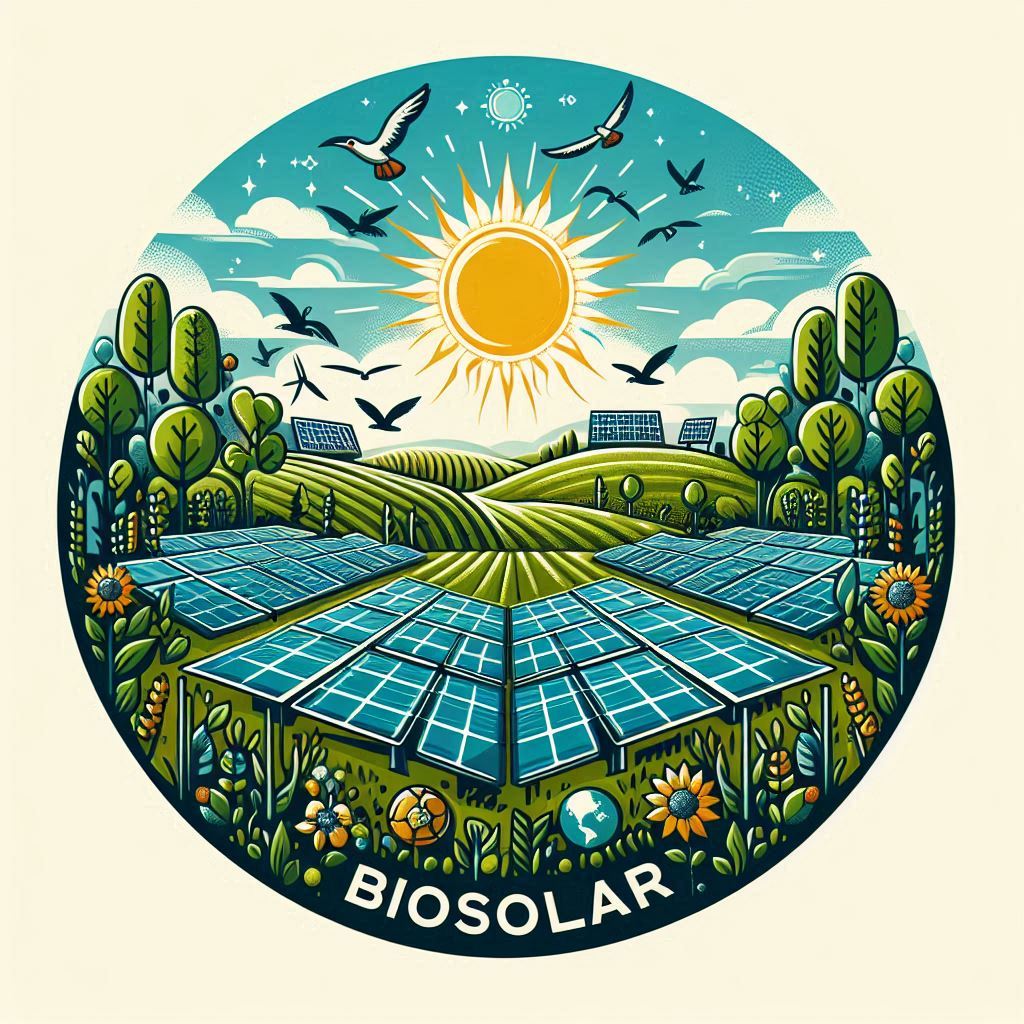
BioSolar is a pioneering transnational and multidisciplinary research project proposing a novel Nature-based Solution (NbS) to enhance biodiversity in arable lands occupied by solar farms. Spanning diverse European climatic regions in Spain, Portugal, Poland, and Sweden, our NbS establishes grasslands and avoids pesticides throughout the solar farms’ lifecycle. We foster biodiversity conservation while balancing human well-being, energy needs, and economic viability. By integrating nature-positive impacts into valuation and financial decision-making, we contribute to the emerging field of Biodiversity Finance, addressing the urgent need to close the biodiversity funding gap. The project investigates the impact of establishing grasslands within solar farms to recover biodiversity over the estimated two-decade lifespan of solar panels. We address the key environmental obstacle for green energy projects due to the potential negative social responses from local communities, especially in sensitive areas affecting steppe birds. Variations in solar radiation, rainfall, and evapotranspiration along a South-North gradient may lead to regional differences in grassland effects within solar farms. Objectives include identifying suitable locations, cost-benefit analysis, monitoring biodiversity and soil properties, evaluating community perceptions and acceptance of biodiversity NbS for solar farms, and accounting for economic and biodiversity trade-offs.
Innovation and Novelty: The research employs a multifaceted methodology encompassing social, economic, and environmental assessments, with detailed cost evaluations. There is a gap in measurement guidelines for biodiversity goals, which is crucial for impact investors and sustainable finance. We aim to address this gap by developing Science-based Biodiversity Guidelines (SbBG) to measure the attainment of various biodiversity goals.
